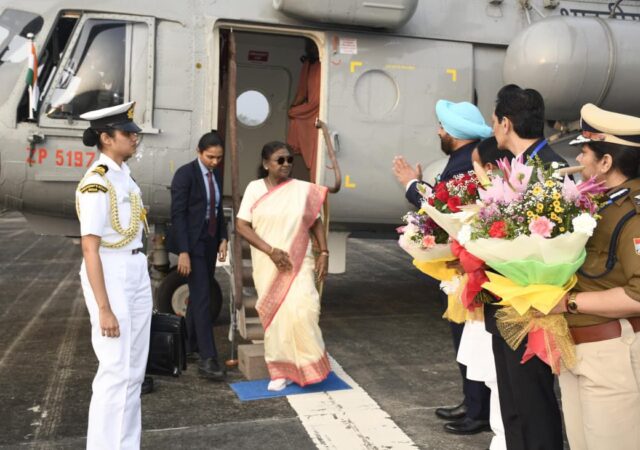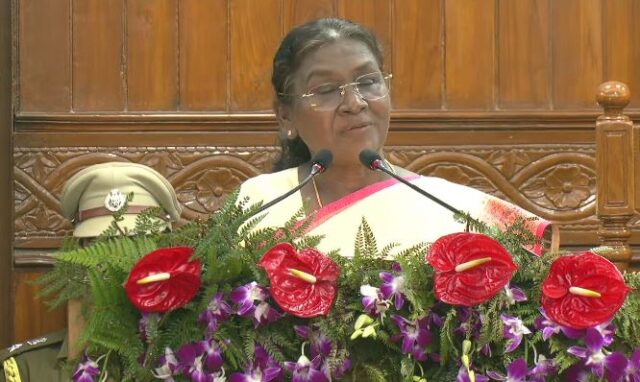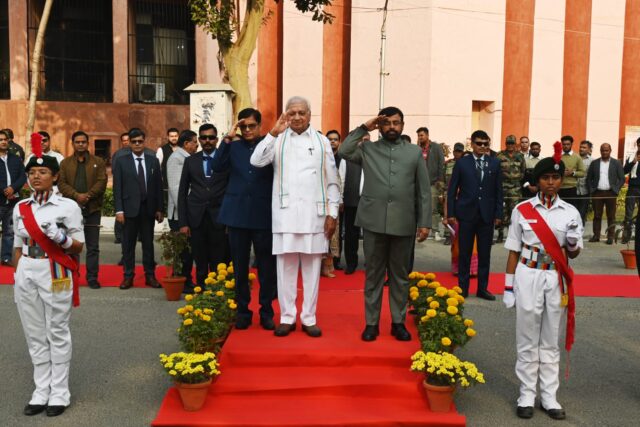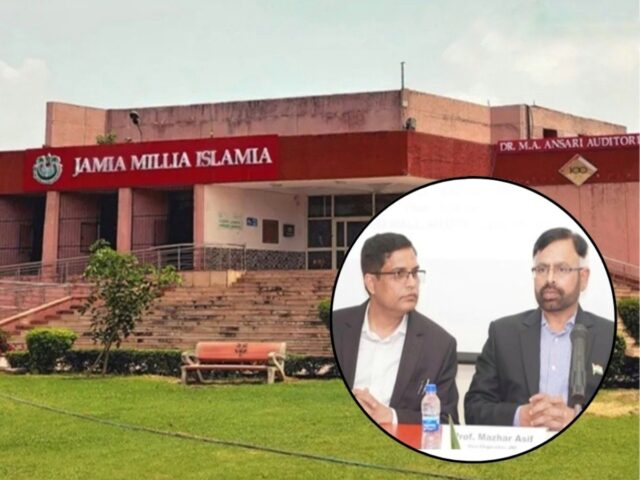The court will not sit quietly… Important hearing in the Supreme Court on demonetisation; barrage of questions on the government

A very important hearing is going on in the Supreme Court regarding the note ban in the year 2016. During the hearing on Tuesday, the apex court has also asked many important questions to the central government and the RBI. The court said it would not sit quietly. The apex court was hearing 58 petitions challenging the note ban announced by the Center on November 8, 2016. During this, the Supreme Court said that the limited scope of judicial review in matters of economic policy does not mean that the court will sit silent. Also, the top court said that how the government takes a decision can be looked into at any time.
This does not mean that the court will sit silently- Court
During the hearing, the Reserve Bank of India (RBI) said that “temporary difficulties were and are an integral part of the nation-building process, but there was a mechanism by which problems arose.” A five-judge constitution bench headed by Justice S A Nazeer said the legal compliance of the economic policy can be scrutinized by a constitutional court. The bench said, “The court will not go into the merits of the decision taken by the government. But it can always look into the manner in which the decision was taken. Merely because it is an economic policy does not mean that I hope the court will sit quietly.
The bench also comprises Justice BR Gavai, Justice AS Bopanna, Justice V Ramasubramanian and Justice BV Nagaratna. The bench said, “As regards the merits of the decision, it is for the government to use its wisdom to know what is best for the people. But what is on record that the decision was taken, whether all procedures were followed.” , we can look into it.” The bench made the remark when senior advocate Jaideep Gupta, appearing for RBI, defended the demonetisation exercise saying that there was no procedural lapse in the decision making.
Gupta said, “Unless found to be unconstitutional, an economic policy measure cannot support judicial review. Economically relevant factors in economic policy making are best left to experts.” Refuting the contention that citizens had faced immense hardships during demonetisation, the RBI’s counsel said elaborate measures were taken to increase the flow of currency again in the economy.
How many people had taken the decision of demonetisation – Supreme Court asked
Gupta said, “There were temporary difficulties. Temporary difficulties are also an integral part of the nation-building process. Some difficulties cannot be anticipated. But we had a mechanism to sort out the problems.” During the hearing, the apex court also sought details of those who recommended demonetisation. The court sought details of the members who attended the meeting of the central board of RBI, who recommended demonetisation. Justice BR Gavai said, “How many members was present? There should be no difficulty in telling us.”
Why is RBI withholding the details?
Gupta replied, “We had a quorum, we have clearly taken that stand.” Senior advocate P Chidambaram, appearing for one of the petitioners, said that the RBI should make public the agenda notes and minutes of the meeting of the Board of Directors of RBI held on November 8, 2016. Chidambaram said, “Why are they withholding the minutes ? These documents are absolutely necessary to decide the issue. We need to know what material they had, what they thought.” Chidambaram said the RBI needed to show that it had considered the comprehensiveness and proportionality of its decision. The matter will be heard on Wednesday as well. The Center recently told the apex court in an affidavit that the demonetisation exercise was a “well thought out” decision and part of a larger strategy to combat the menace of fake currency, terror financing, black money and tax evasion.







